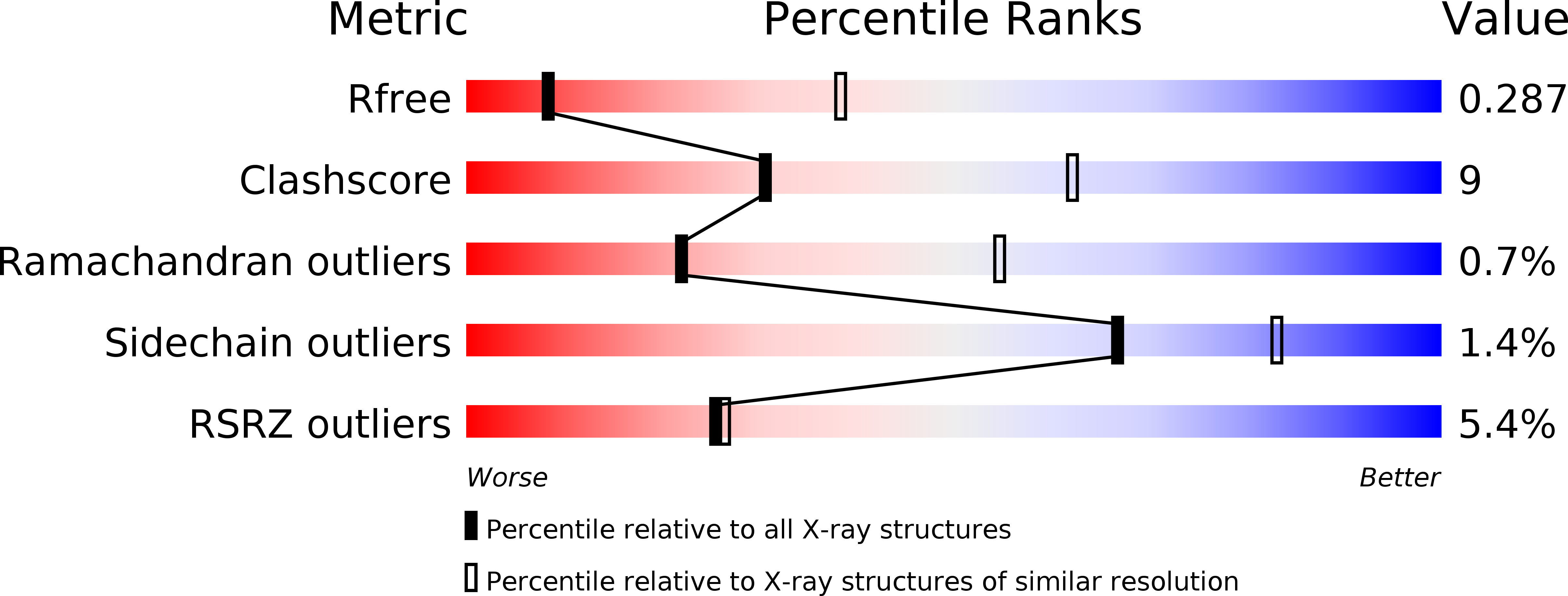
Deposition Date
2015-09-25
Release Date
2015-10-07
Last Version Date
2023-09-27
Method Details:
Experimental Method:
Resolution:
3.40 Å
R-Value Free:
0.28
R-Value Work:
0.23
R-Value Observed:
0.23
Space Group:
P 41 21 2


